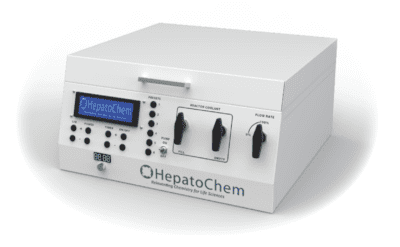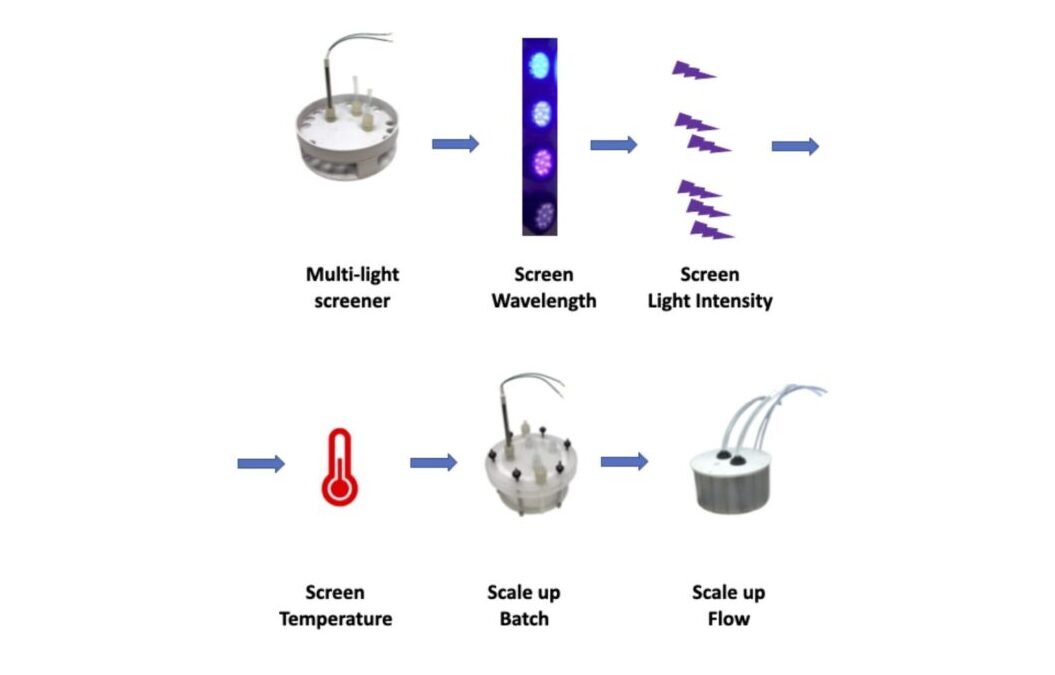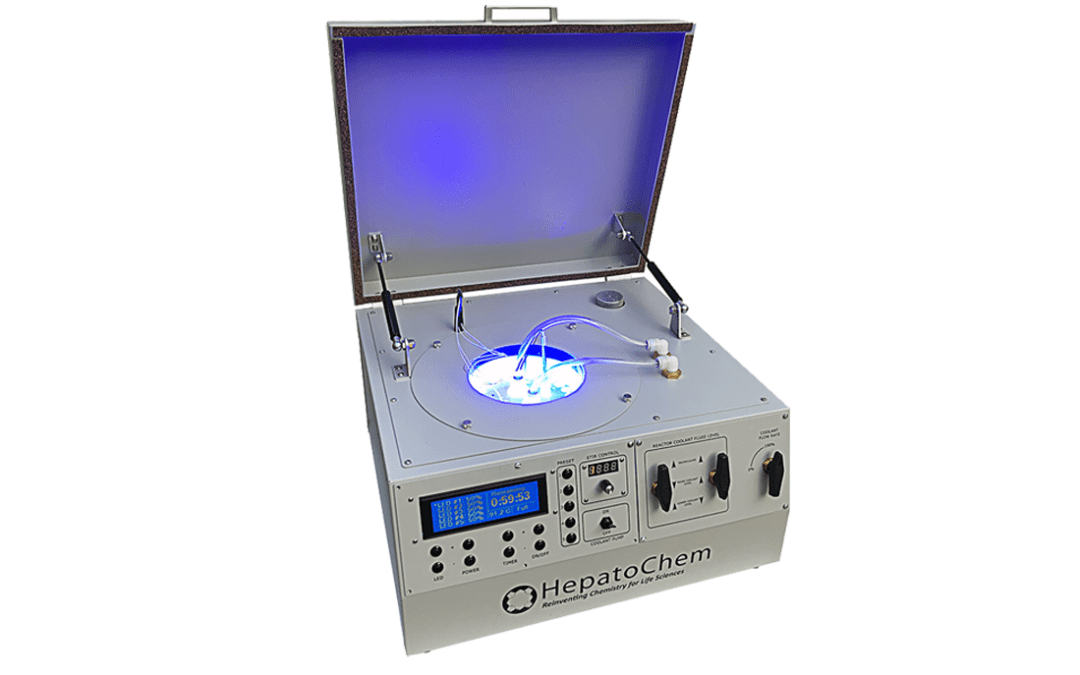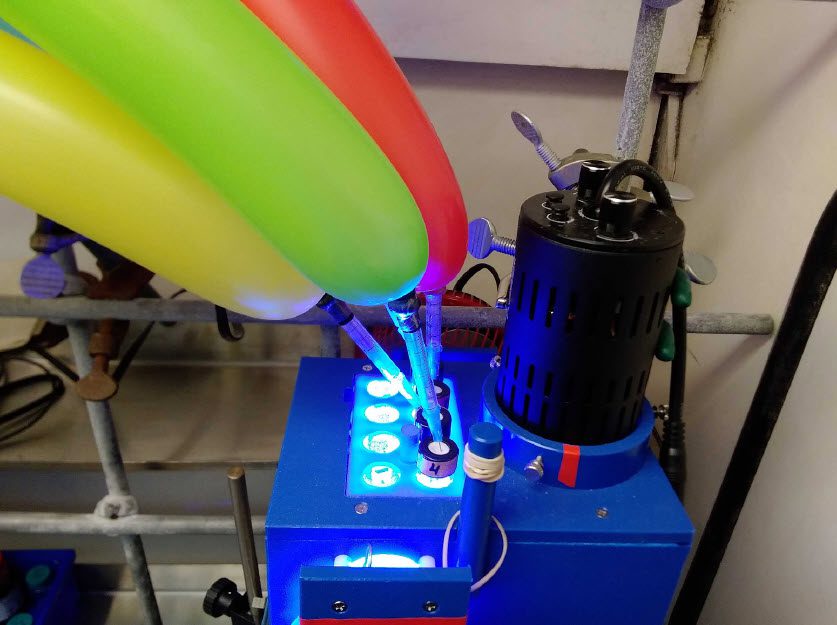Mmm… What’s in the Soup? How did life begin? Were the first catalysts, photocatalysts? Read about the recent account by Oliver Trapp and coworkers on their work at prebiotic photoredox organocatalysis.


Mmm… What’s in the Soup? How did life begin? Were the first catalysts, photocatalysts? Read about the recent account by Oliver Trapp and coworkers on their work at prebiotic photoredox organocatalysis.

Learn how to streamline with Lucent360 customized reaction screenings and save on time & setups when matching optimal wavelength to a photocatalyst.

What if we could shine a blue LED on our 8 billion tons of plastic waste and get back a valuable chemical feedstock? Click to read about the Reisner group’s work looking at tackling this problem.

Seawater: It’s abundant, messy, contains salts, microorganisms, biomass, organic and inorganic pollutants (and microplastics) and might just be a great solvent for generating hydrogen peroxide with visible light photocatalysis

How should we compare commercial photoreactors? Or better yet, how do we discuss the important details of a photochemical reaction?

Read on for a step by step study taking a photocatalyzed-Arbuzov reaction from screen to scale utilizing the unique features of the Lucent360™

The Lucent360’s flexible design gives you the best options to learn everything you need to know to take your photochemical reactions from screen to scale.

A recurring theme in our recent articles: there isn’t enough iridium or ruthenium in the earth’s crust to do all the photochemistry we’d like to do at scale.

The attack of the photocatalytic microrobots! We have intended to write a bit about visible-light decomposition of contaminants for a while... so what better entry into the topic than a story about self-propelled autonomous microrobots that can...

Our review of a recent Wickens paper describing the formation of powerful new photooxidants through a mechanism of multiphoton excitation.

This patented technology is game-changing for our field of focus and its efficiencies and precision will streamline research and the development of novel therapies.